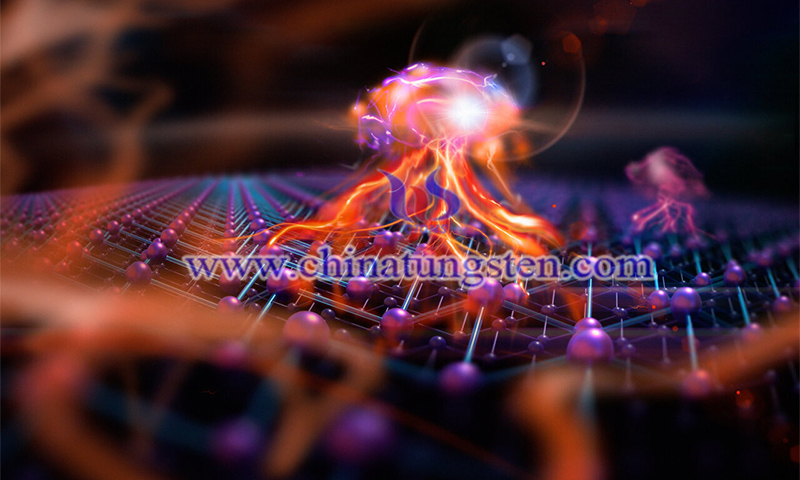Novel Artificial Material Mimics Quantum Entangled Rare Earth Compounds
- Details
- Category: Tungsten's News
- Published on Wednesday, 01 December 2021 20:35
Viliam Vaňo and his colleagues have developed a novel artificial material that could mimic quantum entangled rare earth compounds, the compounds with quantum properties normally required for rare-earth compounds that could improve quantum computers and advance research into superconductivity and quantum criticality.
This quantum-embedded rare-earth compound is relatively easy to fabricate and could provide a new platform for quantum computing and advance research on unconventional superconductivity and quantum criticality.
Researchers have shown that a whole new quantum state of matter can emerge by starting with seemingly ordinary materials. The discovery stems from their efforts to create quantum spin liquids that they can use to study emergent quantum phenomena, such as gauge theory. This involved creating a single layer of atomically thin tantalum disulfide, but the process also created a region consisting of two layers.
When the team examined these regions, they found that the interaction between the two layers induced a phenomenon known as the Kondo effect, leading to a heavy-fermion system arising from the macroscopic entangled state of matter.

The Kondo effect is an interaction between magnetic impurities and electrons that causes the resistance of the material to vary with temperature. This causes the electrons to behave as if they have a greater mass, leading to these compounds being called heavy fermionic materials. This phenomenon is a hallmark of materials containing rare earth elements.
"Heavy fermionic materials are important in several areas of frontier physics, including the study of quantum materials. The study of complex quantum materials is hindered by the properties of naturally occurring compounds. Our goal is to produce artificially designed materials that can be readily tuned and controlled to scale up unique phenomena that can be realized in the laboratory," said Professor Peter Liljeroth.
For example, heavy fermionic materials could act as topological superconductors, which would be useful for building quantum bits that are more stable to noise and environmental perturbations, reducing the error rate of quantum computers. explains Viliam Vaňo, a PhD student in Liljeroth's group and first author of the paper, "Creating this in real life would greatly benefit from having a system of heavy fermionic materials that can be easily incorporated into electrical devices and tuned externally."
Although the two layers in the new material are both tantalum sulfide, there are subtle but important differences in their properties. One layer behaves like a metal, conducting electrons, while the other has a structural change that causes electrons to be localized into a regular lattice, and the combination of the two leads to the emergence of heavy fermion physics.
This new heavy fermionic material also provides a powerful tool for detecting quantum critical points. Professor José Lado explains, "A quantum critical point can be reached when a material starts to move from one collective quantum state to another, for example, from an ordinary magnet to an entangled heavy fermionic material. Between these states, the entire system is critical, responding strongly to even the slightest change and providing an ideal platform to design more unique quantum matter."
"In addition to the recently developed quantum entangled rare earth compounds, in the future we will explore how the system reacts to the rotation of each molecular layer relative to another and try to modify the coupling between the individual molecular layers to tune the material to quantum-critical behavior," Liljeroth said.
- Rare Earth Manufacturer & Supplier, Chinatungsten Online: www.chinatungsten.com
- Tungsten News & Prices of China Tungsten Industry Association: www.ctia.com.cn
- Molybdenum News & Price: news.molybdenum.com.cn
- Tel.: 86 592 5129696; Fax: 86 592 5129797; Email: sales@chinatungsten.com



 sales@chinatungsten.com
sales@chinatungsten.com